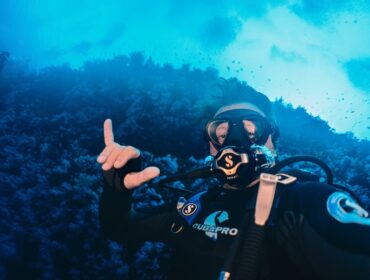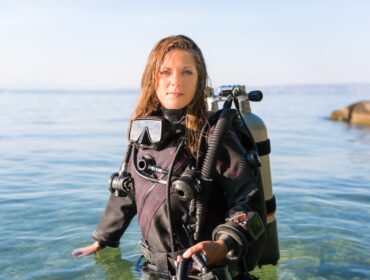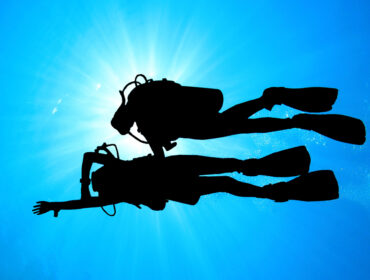Lobster fishing is an activity that many SCUBA divers enjoy, with valuable caches of the critters found off the coasts of the Atlantic and Pacific in the US, as well as many other places worldwide. Besides honing your skills as a diver, like air consumption and buoyancy control, lobster diving takes equal parts patience, common sense, and quick reflexes, tempered with courage and composure. The rewards of lobster fishing have not only filled the bellies of the hunters, but some bank accounts as well. Because lobster meat is prized all over the world, the compensation can be substantial, leading more divers to take up the sport.
There are inherent risks to lobster fishing, outside of the usual risks you assume whenever you SCUBA dive. First and foremost, lobster claws have been known to do real damage to divers’ appendages, with some of the bigger ones capable of snapping through finger bones! This is obviously a worst-case scenario. But amateur divers can find themselves in a pickle with other marine animals as well, who often don’t take too kindly to sudden intrusions. The keys to successful lobster hunting are agility, focus, and good judgement, so make sure you remember these before plunging your hands into any dark spaces!
Moray Eels
Moray eels are all too often underestimated by divers, both in intelligence and the danger they really pose. The next time you find yourself giggling at the comical-looking antics of the moray, take a close look at those teeth. Perhaps they don’t inspire the fear that shark teeth do, but rest assured — those teeth are meant for business. Moray eels often share a harmonious relationship with lobsters, as they are both attracted to holes and crevices where they can conceal themselves while still having a view of the world. A moray bite has sent many a diver to the hospital in desperate need of stitches or even reconstruction. Just Google “moray bite wound” if you have any doubt of the veracity of our claim!
Sea Urchins
Like morays, sea urchins like the cracks and crevices that lobsters often occupy, which can result in a handful of spines going through your hand if you’re making a blind grab. These spines can break off once they’ve pierced through the skin, making a trip to the hospital mandatory. Many divers have had success using Kevlar gloves to fend off the spines, but even this is not foolproof. There are stories of divers so intently pursuing their bug into a hole that they failed to see the sea urchin at head level, waiting to embed its spines into the diver’s forehead as he lunges into the crevice. This is no doubt as painful to the ego as it is to the head!




